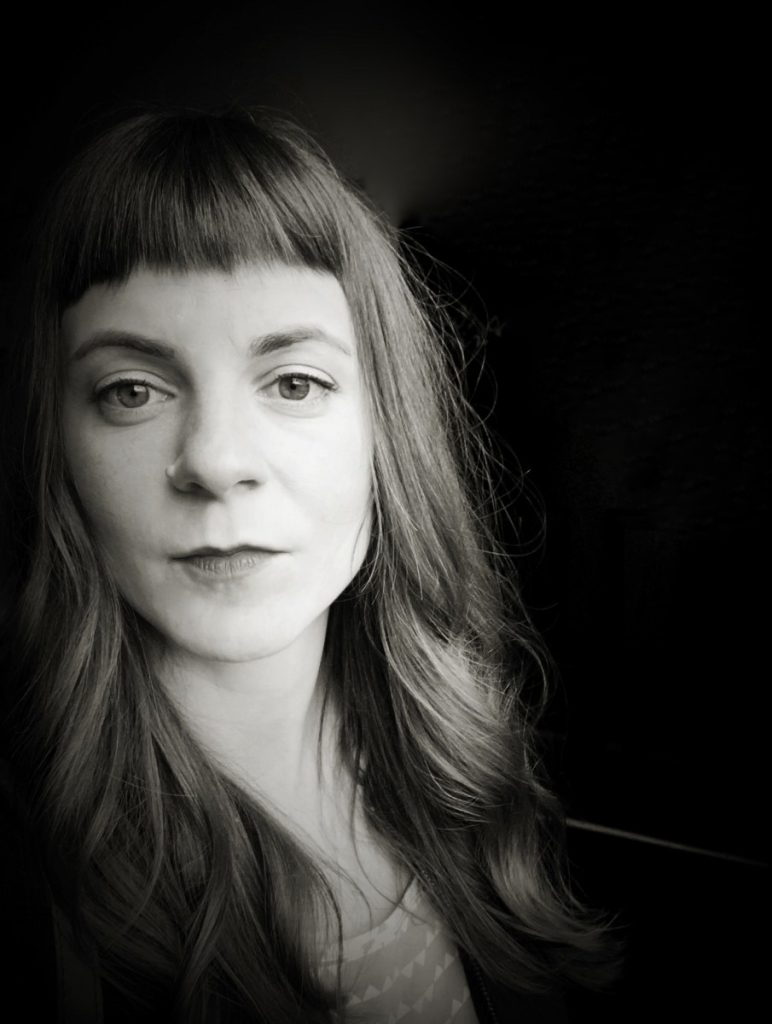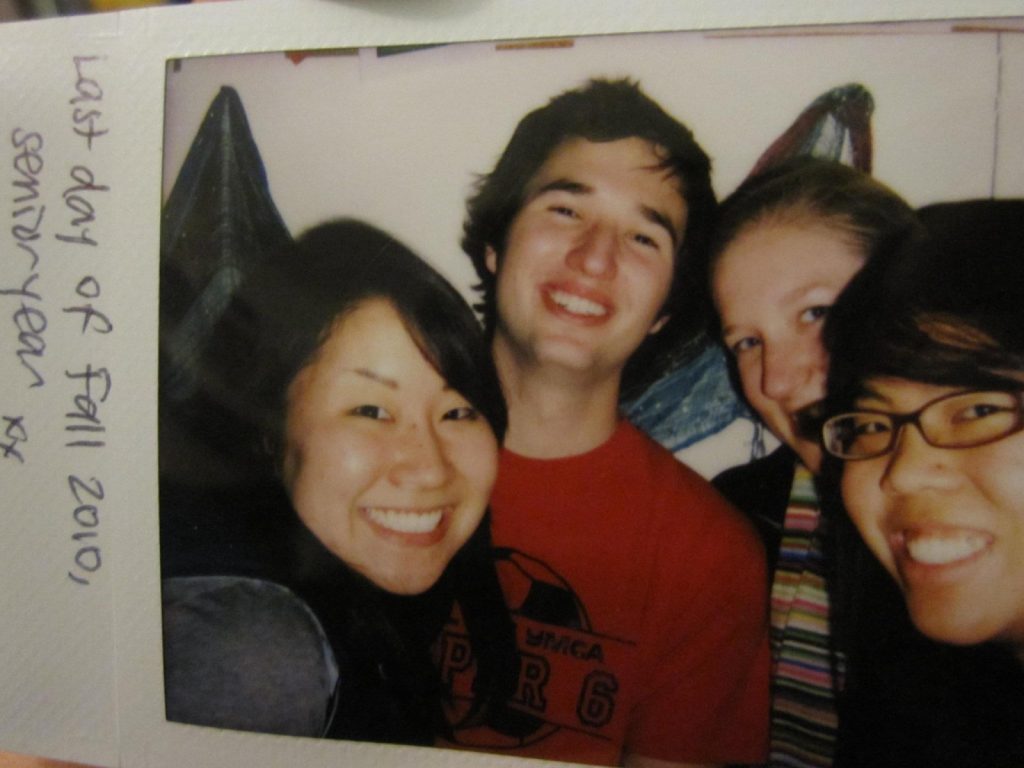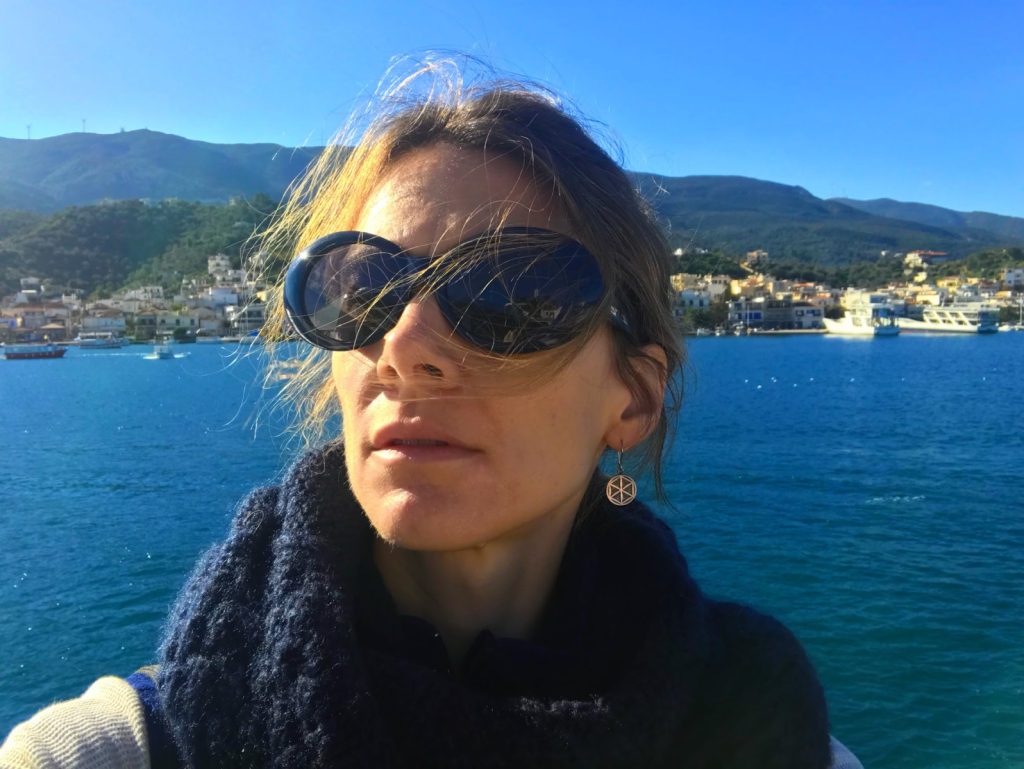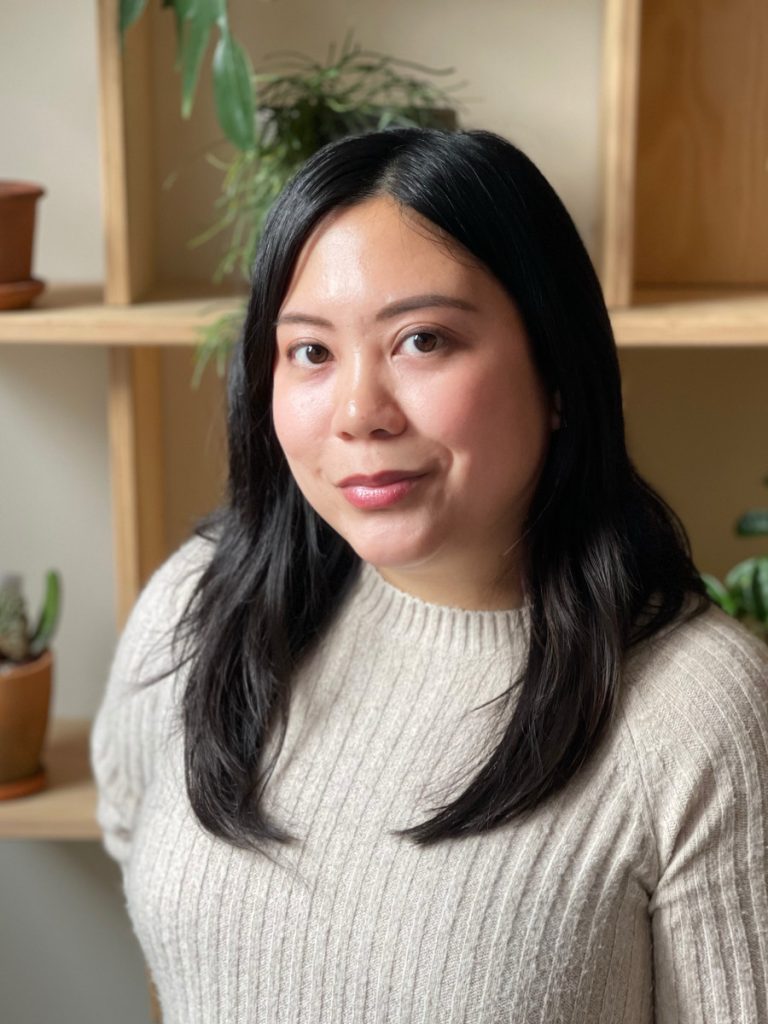
“There is more than enough wonder and curiosity and rage and humor and despair to make for good poems, the question is really how to translate those experiences so that the mundane becomes remarkable.” —Helene Achanzar
Created, edited, and hosted by Tejas Srinivasan ’23, NER Out Loud episode 19 presents Helene Achanzar reading her poem “Chicago” (NER 42.4), followed by a conversation about poetic structure, the realities of labor, modern paintings, her beloved home city, and more.
Helene Achanzar is the winner of NER‘s 2022 Emerging Writers’ Award. A Filipina-Canadian poet and educator, she is an associate editor for Poetry Northwest and is currently working as The Director of Programs at the Chicago Poetry Center. Her poems “Chicago” and “Etymology” were published in NER 42.4.
You can stream the NER Out Loud podcast from our website or Soundcloud. Or download from iTunes and subscribe!
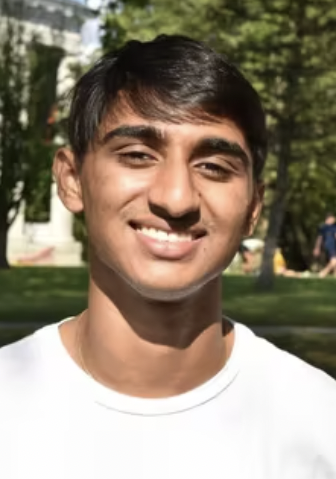
Tejas Srinivasan is NER‘s spring 2022 podcast producer. He is a sophomore English major at Middlebury College, focusing on postmodern fiction and literary theory. Originally from Cincinnati, Ohio, he is also an opinions editor at the Middlebury Campus and a classical pianist, studying and performing repertoire from the 1600s to present day.
